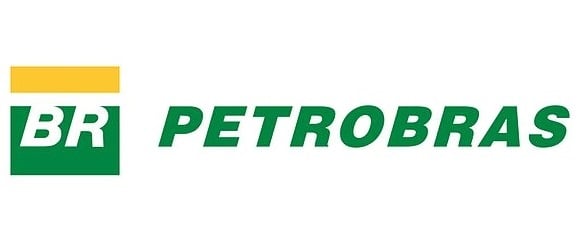The collapse in crude oil prices combined with the corruption scandal surrounding the company has hammered shares of Petroleo Brasileiro S.A. (NYSE: PBR) over the past several months. Add to those problems the inability of the company to meet its production targets, a rising debt load and government control that sets policies and prices. That Petrobras, as it is known, hasn’t sunk to the bottom of Campos basin is something of a miracle. Source: Wikimedia Commons
Source: Wikimedia Commons
The company announced Monday morning that it is cutting its capital spending plan for the five-year period between 2015 and 2019 by 37% to a total of $130.3 million. In the previous five-year plan running from 2014 through 2018, the company’s investment target was $220.6 million.
In addition to the cut in spending, Petrobras also said it would increase its divestments from a previous target of $13.7 billion to $15.1 billion.
ALSO READ: Oil Analyst Picks 3 Top Stocks to Buy for the Rest of 2015
The cut in spending and boost in divestment is a function of the company’s debt load, now resting at around $125 billion. According to the company’s press release, the new plan’s primary objectives are the company’s deleveraging and generating value for shareholders. In early June, the company sold $2.5 billion worth of 100-year bonds with a coupon of 6.85%.
For the five years ending in 2019, Petrobras now plans to spend $108.6 billion (83% of the total) on exploration and production. Downstream expenditures are set to total $12.8 billion (10% of the total).
Petrobras expects to increase total production, including its international operations, to 3.7 million barrels a day by 2020. Of that total, 2.8 million barrels a day will come from the company’s domestic wells. The previous target for domestic production in 2020 was 4.2 million barrels a day.
The company is forecasting Brent crude price of $60 a barrel in 2015 and $70 a barrel for following four years.
Just about anything the Petrobras can do to cut its borrowing is a good thing, at least temporarily. But production has to increase because the low price of crude right now makes it nearly impossible for the company to make a profit from new drilling. The company said in January that it could make a profit at a crude price of $45 a barrel, but that’s for existing wells.
New drilling is what will get hurt the most from the spending cutback. The number of the company’s operating rigs has dropped from 70 to 50 since 2013, and it has cancelled leases on five floating rigs from a Brazilian company. Those cancellations and cutbacks will only get worse.
ALSO READ: The 6 Most Heavily Shorted NYSE Stocks
What Petrobras really needs is a sharp rise in the price of crude and a lot less government interference. Neither is likely.
The company’s American depositary shares were trading flat Monday morning, at $9.41 in a 52-week range of $4.90 to $20.94.
Essential Tips for Investing: Sponsored
A financial advisor can help you understand the advantages and disadvantages of investment properties. Finding a qualified financial advisor doesn’t have to be hard. SmartAsset’s free tool matches you with up to three financial advisors who serve your area, and you can interview your advisor matches at no cost to decide which one is right for you. If you’re ready to find an advisor who can help you achieve your financial goals, get started now.
Investing in real estate can diversify your portfolio. But expanding your horizons may add additional costs. If you’re an investor looking to minimize expenses, consider checking out online brokerages. They often offer low investment fees, helping you maximize your profit.
Thank you for reading! Have some feedback for us?
Contact the 24/7 Wall St. editorial team.


